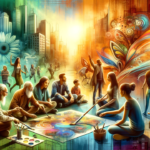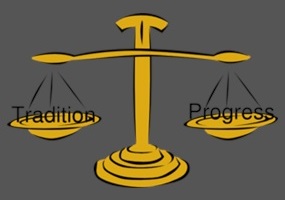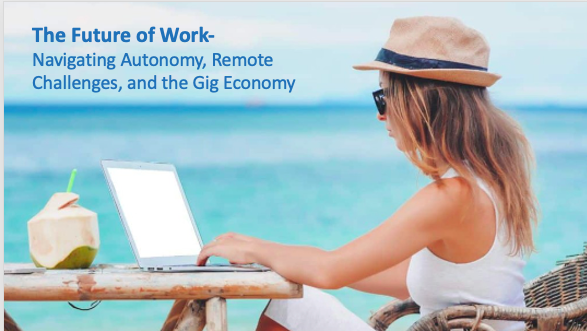In the heart of policymaking, a perennial dilemma persists: how do we balance the relentless march of progress with the preservation of tradition? This challenge, faced by policymakers worldwide, demands a nuanced approach, blending innovation with respect for heritage. This article explores the contours of this balancing act, emphasizing strategies that can help navigate this complex terrain.
Understanding the Stakes
At the forefront, recognizing the stakes involved in this balance is crucial. Progress offers pathways to economic growth, technological advancements, and societal improvements. Conversely, tradition anchors communities, preserving cultural identity and historical continuity. The stakes, therefore, extend beyond mere policy decisions—they shape the very fabric of society.
The Balancing Act
Achieving a harmonious balance requires meticulous planning and a deep understanding of both progress and tradition. Policymakers must employ strategies that respect historical legacies while embracing the future’s potential.
Incorporating Community Voices
Engaging with communities stands as a pivotal strategy. This approach ensures that the voices of those most affected by policy changes are heard. It fosters a sense of ownership and respect for the policymaking process, making it more inclusive and representative of societal values.
Embracing Adaptive Policies
Flexibility in policy design allows for the accommodation of both new and old values. Adaptive policies can evolve in response to changing societal needs, ensuring that progress does not come at the expense of losing valuable traditions.
Promoting Education and Awareness
Educating the public about the importance of balancing progress with tradition empowers individuals to participate actively in this process. Awareness campaigns can highlight the benefits of innovation, while also showcasing the significance of cultural preservation.
Leveraging Technology
Interestingly, technology can serve as a bridge between progress and tradition. Digital archives, for example, offer ways to preserve historical artifacts and traditions in accessible, engaging formats. This symbiosis between technology and tradition can pave the way for more integrated solutions.
Challenges and Solutions
Despite best efforts, challenges abound. Resistance to change from traditionalists on one side, and pushback against perceived stagnation from progressives on the other, can stymie efforts at finding middle ground. Solutions lie in dialogue, patience, and the continuous search for common ground.
Nurturing Dialogue
Encouraging open dialogue between differing viewpoints can uncover shared values and goals. Policymakers must facilitate these conversations, ensuring that all voices are valued equally.
Demonstrating Tangible Benefits
Showcasing successful examples where balance has led to positive outcomes can convince skeptics. Whether it’s economic benefits from innovative practices or enhanced community cohesion through preserved traditions, real-world examples serve as powerful tools for change.
Continuous Evaluation
Policies must undergo continuous evaluation to ensure they remain relevant and effective. This iterative process allows for the adjustment of strategies in real time, ensuring that the balance between progress and tradition is maintained.
Looking Forward
The path forward involves a constant negotiation between the old and the new. As societies evolve, so too must our approaches to preserving this delicate balance. Policymakers, armed with strategies that emphasize inclusion, flexibility, and innovation, can navigate this challenging terrain.
By incorporating community voices, embracing adaptive policies, promoting education, and leveraging technology, we can forge a future that honors our past while embracing the potential of the future. The journey is complex, but with a committed, inclusive approach, it is possible to honor both our heritage and our potential.
In conclusion, the dilemma between progress and tradition presents both challenges and opportunities. By focusing on strategies that promote balance, we can ensure that our policies reflect the diverse values and needs of our communities. Through continuous dialogue, evaluation, and adaptation, we can navigate the complexities of this dilemma, ensuring a future that respects our traditions while paving the way for innovation and progress.













